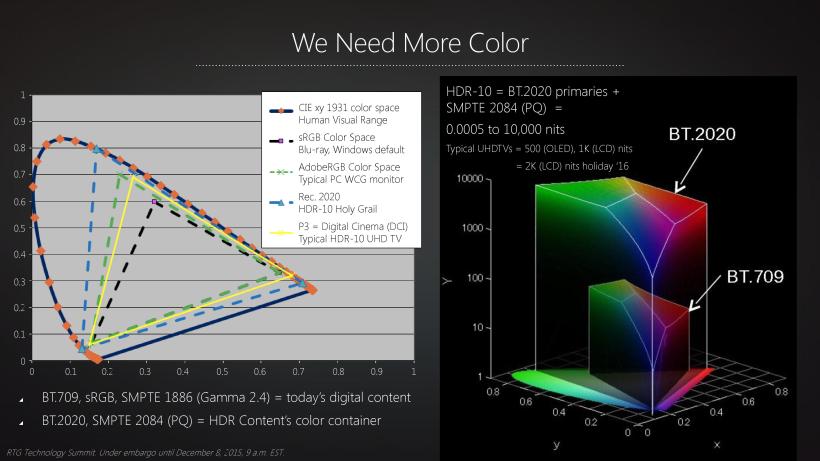
Picture Credit: Long March 5 Launch 3 November 2016- Reuters
NASA offers this beautiful video of the International Space Station here.
The BBC reported on 3Nov16 that, the Long March 5 lifted off from the new Wenchang Space Center in Hainan Province with an experimental satellite payload, the ion-propulsion tester Shijian-17, marking a major milestone in China’s 921 Project Shenzhou Phase 3. “The introduction of the CZ-5/6/7 series marks a major shift in rocket technology (for) China. The new launchers use modular systems and common components across the different rockets as a cost-saving and simplification measure, allowing a quick build-up of heritage and permitting a streamlined production of launch vehicles to support an ever growing number of missions,” according to Spaceflight101. CZ-5 is a heavy payload system for large telecom and space station component payloads on par with the U.S.’s United Launch Alliance (ULA) Delta-IV Heavy. Correct, careful reader, ULA is NOT NASA – it is a joint venture between Lockheed-Martin and Boeing that has been winning awards from NASA for large payload launches, space stations servicing, and (recently) the lead on a Mars Mission for 2020. So, if you missed it, the expendable launch vehicle business is outsourced: “With three families of launch vehicles – Atlas V, Delta II, and Delta IV– ULA continues the tradition of supporting strategic U.S. space initiatives.”

Picture Credit: Wenchang Space Center, Hainan at Space.com
The battle for delivering large payloads into transfer orbit started in earnest after 2013. Jason Davis of The Planetary Society explained, “SpaceX’s upgraded Falcon 9 rocket placed the SES-8 communications satellite into geostationary transfer orbit (Dec13) and India’s Geosynchronous Satellite Launch Vehicle pulled off a similar feat with the GSAT-14 communications satellite (in Jan14). In June 2016, the ninth ULA Delta IV Heavy launch (video shown here) delivered the National Reconnaissance Office’s NROL-37 into equatorial geosynchronous orbit 22,300 miles above the Earth. “I believe the payload (6-7 tons) is the seventh in the series of what we call Mentor spacecraft, a.k.a. Advanced Orion, which gather signals intelligence from inclined geosynchronous orbits. They are among the largest satellites ever deployed (and among the brightest in the sky). The satellite likely consists of sensitive radio receivers and an antenna generally believed to span up to 100 meters (328 feet),” said Ted Molczan, a respected sky-watcher told SpaceFlightNow.
So why is this interesting? A direct-insertion geostationary orbit launch is likely the most challenging type of missions required by national security spaceflight, heaving the covert payloads to their destinations without requiring the satellites themselves to perform large-scale orbit-raising maneuvers.
- A Geosynchonous Orbit (GEO) takes a satellite around the Earth at a rate of once per day, keeping it roughly in the same area over the ground. And a supersynchrounous transfer orbit, where the orbital period is longer one day.
- A Geostationary Orbit (GSO) is a geosynchronous orbit with an inclination of zero, meaning, it lies on the equator.
- All geostationary satellites are geosynchronous. Not all geosynchronous satellites are geostationary.

Picture Credit: An illustration by Blue Origin comparing the size of its New Glenn rocket with other launch vehicles.
The Chinese Space program, Britannica usefully points out, emerged under military control with similar objectives: “China’s space program evolved largely in secret under the joint control of the Chinese military and the Commission on Science, Technology, and Industry for the National Defense. After the communist takeover of 1949, the Chinese engineer Qian Xuesen, who had helped found the Jet Propulsion Laboratory (in the 1940s) in Pasadena, Calif., U.S., returned to China, where he became the guiding figure in the development of Chinese missiles and launch vehicles, both originally derived from a Soviet intercontinental ballistic missile.”
China’s 921 Project Shenzhou was launched in 1992 when its economy was 1/2oth of the size it is now but its goal then was to create a national space station which is now technically conceivable. According to the China National Space Administration or CNSA (official site is taken down !), China’s Space Program consists of three stages. Phase 1 was the launch of a manned spacecraft that will execute various space experiments. The Shenzhou 5 and 6 completed this stage’s mission. The launch of a space laboratory marked Phase 2 of the program. One of the missions during this stage will be the docking of a manned spacecraft and space lab, which was a prototype of China’s ultimate space station to carry out experiments. Phase 3 involves the deployment of a full size space station, Tiangong 3 (plans detailed here).

Picture Credit: Bisbos.org from Adrian Mann
The next steps from CNSA include (hat tip to Andrew Jones at The Planetary Society):
- China to launch components for a large, 60-ton modular space station, starting with the 20 metric ton core in 2018. The space station will eventually share its orbit with a Hubble-class telescope, also to be launched by the Long March 5, capable of docking with the station for maintenance.
- The Long March V now enables deep space missions, starting with a 2017 launch of the Chang’e-5 probe to the Moon to collect samples and return to Earth, something not attempted since the 1970s.
- The country’s first independent interplanetary mission – which boldly combines an orbiter, lander and rover in one shot – will head for Mars in summer 2020.
- China is also developing a deep space strategy for coming decades to make use of these new capabilities, including missions to the lunar far side and the poles.
SpaceX’s Falcon Heavy (54 metric tons, $90M cost) is due to be launched in early 2017, with the ability to launch twice the payload of the Delta IV at one third the cost. MIT Technology Review flagged a widespread disappointment with Bush’s January 2004 declaration of a new mission for NASA when it celebrated Private Space in March 2006. NASA’s Space Launch System (SLS) was announced in a push according to Space Review, and its initial Block 1 version is now scheduled for launch in late 2018 (154K pounds to Low Earth Orbit [Wired on the importance of LEO here] compared to the Falcon Heavy’s 120K). “We still have a range for our launch window between September and November” of 2018, said Bill Hill, NASA deputy associate administrator for exploration systems development, at a July 2016 meeting of the NASA Advisory Council’s human exploration and operations committee. “We have some challenges but we believe we can get there.” Falcon Heavy envisions a 30K pound load on a Mars Mission and SLS is not yet disclosed for Block 2 Mars (or Pluto) deployment but 286K pounds to LEO.



